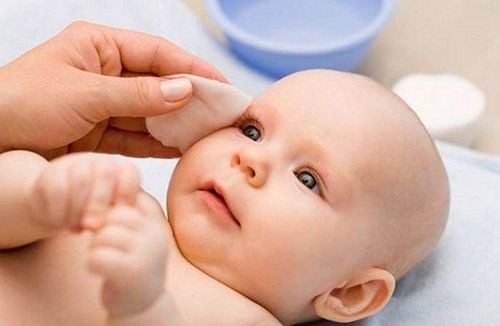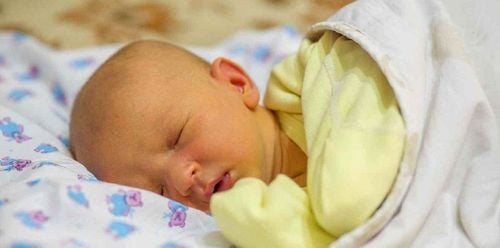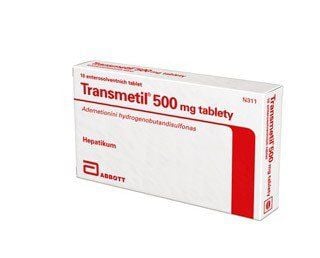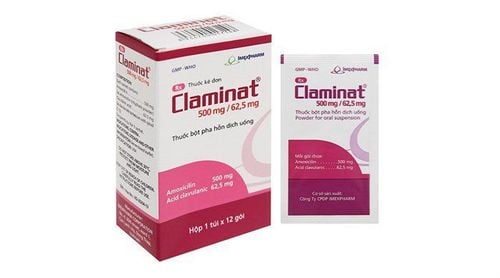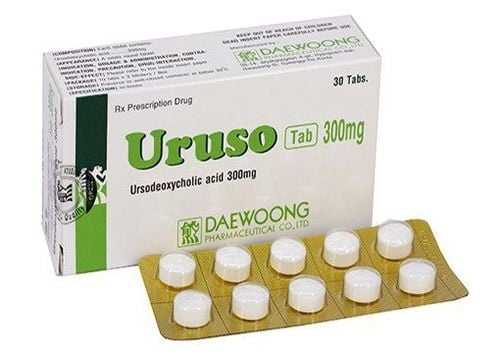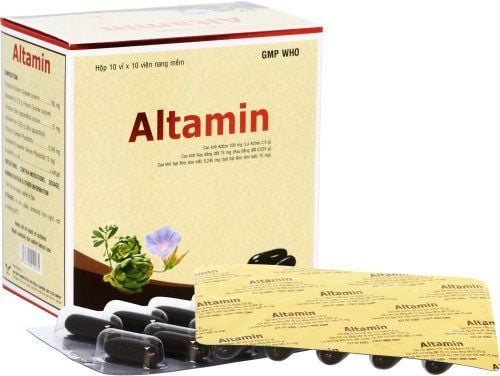This is an automatically translated article.
The article is professionally consulted by resident doctor Duong Van Sy - Department of Pediatrics - Neonatology - Vinmec Hai Phong International General Hospital.
Physiological jaundice is a common sign in newborns, caused by broken red blood cells and incomplete liver function of bilirubin metabolism. However, jaundice due to biliary atresia can cause serious complications and leave mental sequelae, even leading to death. Therefore, it is necessary to distinguish physiological jaundice and jaundice caused by biliary atrophy to take timely measures.
1. Distinguish physiological jaundice and jaundice due to biliary atrophy
1.1. Cholangio-atrophic jaundice is a pathology of intra- or extrahepatic biliary obstruction or the entire biliary tree, which is one of the common causes of obstructive jaundice in neonates. It is a congenital disease whose cause is unknown.
When having congenital biliary atresia, children are at risk of dying before 1 year of age if not detected and treated promptly. Congenital biliary atresia is a rare disease, patients can only have atrophy of the intrahepatic biliary tract, but there are also cases of atrophy of the extrahepatic biliary tract.
Symptoms of biliary atresia include:
Jaundice, yellowing of the sclera of the eyes, which manifests after birth and persists continuously from day 15 postpartum (in some cases, the stools are green and yellow in color of bile). in the first days postpartum, this suggests incomplete biliary obstruction immediately after parturition). However, the degree of yellowing of the skin and eyes and the degree of change in stool color depends on the state of biliary atresia; The stools are white, completely discolored or may be pale yellow. If the stool is put into a clean white gauze, after the liquid in the stool is absorbed into the gauze, the remaining feces will be milky white. Depending on the degree of biliary atrophy, the child's stool is white like stork feces (also known as raw feces), grayish-white like clay or pale yellow; Continuous yellow urine, causing yellow seepage on tampons or bed linen. Baby's diapers or clothes are hard to wash; Abdominal examination: the liver is enlarged, firm in different degrees depending on the time of disease. The spleen may be enlarged. There may be collateral circulation in the abdominal skin: varicose veins emerge under the skin of the abdomen, the abdomen is distended because of ascites. Bleeding under the skin in spots or hemorrhagic patches in the presence of cirrhosis. It should be noted that cholestatic jaundice is sometimes associated with urinary tract infections caused by E. coli: if after antibiotic treatment the urinary tract infection clears but the cholestatic syndrome persists, it must be considered. possibility of biliary atrophy.
If untreated or ineffectively treated, the progression gradually leads to hepatitis, cirrhosis - portal hypertension and liver failure, children usually die at 1-2 years old.
1.2. Physiological jaundice
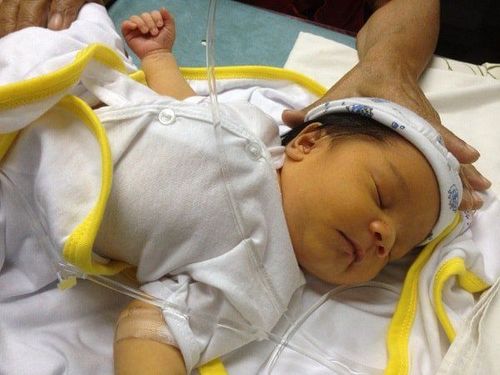
Physiological jaundice can be mild. With term infants, normal jaundice is considered a physiological phenomenon when appearing after 24 hours of age, and usually appears from the 3rd to 5th day after birth and will disappear within 1 week in term and 2nd term infants. weeks with preterm infants.
Symptoms of physiological jaundice:
Mild jaundice is only yellowing of the skin in the face, neck, chest and abdomen above the navel, yellowing gradually; Normal body condition, no other abnormal symptoms (anemia, hepatosplenomegaly, abortion, lethargy...); Bilirubin/blood concentration should not exceed 12mg% in term infants and not more than 14mg% in preterm infants. The rate of increase of Bilirubin/blood is not more than 5mg% in 24 hours; In addition, the infant's urine is dark or yellow (infant urine is usually colorless) and the stool is pale. Physiological jaundice is common in newborns because they have high levels of red blood cells, which are often broken down and replaced. Meanwhile, the baby's liver is not mature enough to remove all bilirubin from the blood, causing jaundice. When the baby is about 2 weeks old, the liver has developed more fully and is able to process Bilirubin, so jaundice will go away on its own without causing any danger.
2. When do babies need jaundice?
Jaundice appearing before 48 hours of age; Gold in the whole body, gold in the palms and soles of the feet; Jaundice lasting more than 1 week in term infants, more than 2 weeks in preterm infants; Children with jaundice with other abnormal signs such as poor feeding, convulsions, fever, discolored stools; To properly identify physiological signs of jaundice in young children, it is necessary to expose the child's skin under natural light, or white light. Therefore, mothers need to observe the skin color of their children daily under natural light or white light to detect early signs of jaundice.
3. How to diagnose biliary atresia in infants

Currently, in the conditions of our country, ultrasound is a valuable method to diagnose congenital biliary atresia:
If atrophy of the extrahepatic bile ducts or the common hepatic duct, ultrasound of the extrahepatic bile ducts does not show, Intrahepatic biliary tract is not visible or dilated, gallbladder is not visible or atrophied, gallbladder size does not change in fasting, 5 minutes and 45 minutes after breast-feeding; If atrophy of the end of the common bile duct, ultrasound shows a dilated extrahepatic biliary tract, dilated intrahepatic bile ducts can be seen, and the gallbladder can be seen. In addition, biliary atresia can also be diagnosed by performing a liver scan. This is a test with high diagnostic value, it should be indicated early to have an accurate diagnosis, serving surgery.
Please dial HOTLINE for more information or register for an appointment HERE. Download MyVinmec app to make appointments faster and to manage your bookings easily.





